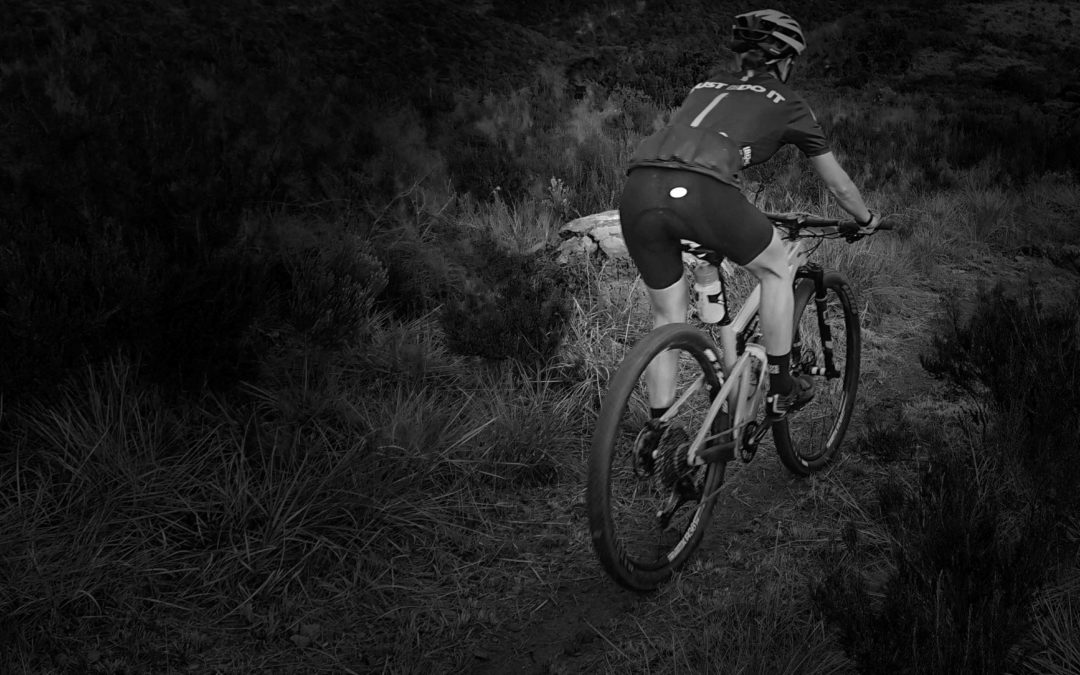Taking photographs and videos to study wildlife behavior can be a fascinating task. But, have you ever wondered if it’s legal install photo-trapping cameras? In this article, we will explore this issue in detail.
Definition of photo trapping cameras
The
photo trapping cameras
also known as hunting cameras or camera traps, are used to capture images and videos of wildlife in their natural habitat without disturbing or interfering with their behavior. They are usually activated by motion sensors and are highly resistant to adverse weather conditions.
Types of photo trapping cameras
There are two main types of photo trapping cameras: with flash and without flash. Flash cameras can capture color images both day and night, but may scare away wildlife. Non-flash cameras, on the other hand, use an infrared LED to capture images at night, which does not alter the behavior of the animals but the photos are in black and white.
Why is there doubt about the legality of photo-trapping cameras?
Legal issues arise due to potential problems associated with the use of these cameras, such as the invasion of privacy and the protection of animals. Although its main objective is the study and conservation of fauna, it is not without controversy.
Legal framework for phototrapping cameras worldwide
The legal framework for the use of photo-trapping cameras varies from country to country.
varies from country to country
. While in some countries the use of these cameras is regulated by hunting laws, in others they are governed by privacy and data protection laws.
The legality of photo-trapping cameras under Data Protection Law
In case of placing a photo trapping camera in a public place or in a place that can capture images of people, you may be in violation of the Data Protection Act. Before installing a camera, it is essential to find out about local legislation and obtain the necessary permits.
Considerations to take into account before installing a phototrapping camera
First, make sure you have the permission to install the camera in the chosen location. Respecting the property rights and habitat of animals is fundamental. Second,
avoid
placing the camera near human traffic areas to avoid capturing images of people and violating their privacy.
Obtaining permission to install photo-trapping cameras
To obtain permission to install a photo trapping camera, you will need to contact the person or entity that owns the land or apply to the relevant environmental authority. Keep in mind that in some regions, placing a camera is considered a “hunting” activity and requires a special permit.
Tips for ethical and legal use of photo trapping cameras
Find out more at
about the laws in your region.- Get all the permits necessary.
- Locate cameras in places that do not invade people’s privacy.
- Be sure not to disturb the animals’ natural habitat.
Is it legal to install photo-trapping cameras?
The answer to this question depends on the legislation of each region and on using photo trapping cameras in a responsible, ethical and respectful manner. In general, if you conform to local laws and obtain the necessary permits, it is completely legal.
What happens if I place a photo trapping camera illegally?
Placing a trapping camera illegally can have severe consequences, ranging from fines to imprisonment, depending on the severity of the infraction. Therefore, it is always advisable to follow legal and ethical guidelines when using these cameras.
Regulations and legality of photo trapping cameras in Spain
In Spain, the installation of this type of cameras is regulated by
regulated
by various regulations. Before placing a photo trapping camera, it is important to know these laws in order to use them legitimately.
Legal framework in Spain
The legal framework in Spain is based mainly on the Spanish Criminal Code Penal CodePenal Code, the Spanish Constitution and the
Organic Law for the Protection of Personal Data.
. The configuration of these laws protects personal privacy and honor, which has implications for the use of photo-trapping cameras.
How the Organic Law on Data Protection is applied
If photo-trapping cameras capture images of people, especially in public places, it is considered to be collecting personal data, which is protected by law. You must obtain the
explicit consent
of the subject before capturing images that allow their identification.
Consequences of violations
Those who do not follow the regulations can face significant fines and even jail time for violating rights such as honor and personal privacy. It is vital to ensure that local laws and regulations are followed before installing a photo trapping camera.
Tips for legal situations in Spain
- Consult with legal experts and local conservation organizations or hunting groups before installing your photo trapping camera.
- Avoid placing cameras right on roads or paths to minimize accidental image capture of people.
- Be aware of the implications of sharing images online, especially if they involve people without their consent.
Complying with these guidelines will ensure that you can use your trapping camera in Spain legally and ethically.
Frequently Asked Questions
Is it legal to install photo-trapping cameras?
In generalThe installation of photo-trapping cameras is legal, as long as they are used for legitimate purposes, such as wildlife observation, responsible hunting or scientific research. However, it is important to keep in mind that there may be specific restrictions and regulations depending on the country or state you are in, so it is always advisable to check locally before installing such cameras.
Do I need a permit to install photo trapping cameras?
In many places, a permit is not required to install a photo trapping camera on private property. However, if you plan to install the camera on public property or in a protected area, you may need to obtain a permit from the appropriate local authority. In some cases, you may also require permission if the cameras are to be used for commercial or research purposes. It is
essential
check local regulations before proceeding with the installation.
Are there any restrictions on what I can do with the images captured by photo trapping cameras?
Laws vary, but in many places, images captured by photo trapping cameras cannot be used for purposes that invade people’s privacy. Apart from that, most of the time, images can be freely used for personal purposes. If you plan to use the images for commercial or research purposes, you should obtain appropriate consent or ensure that the images do not violate any local privacy and image rights laws. Also make sure that you do not use the images for harassintimidate or otherwise disturb wildlife.

